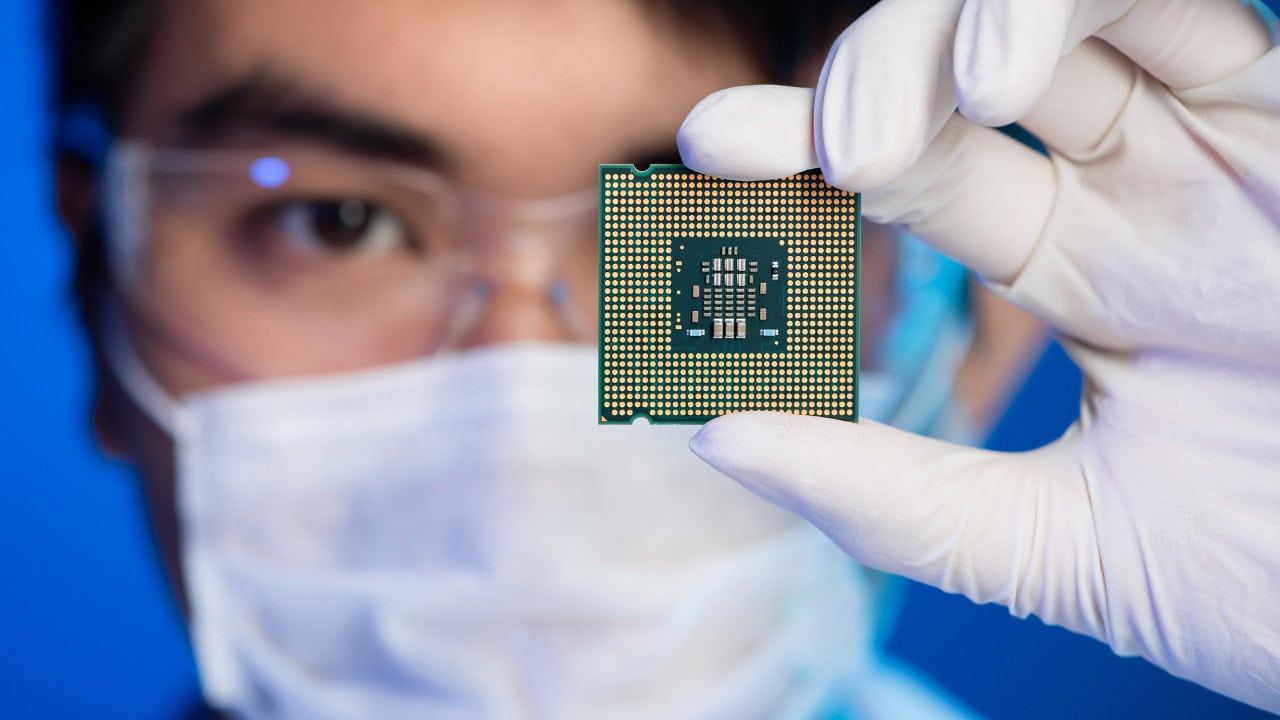Healthcare and banking are one of the slowest industries to adopt new technology. There is a reason for that. In banking, the focus is on money. In healthcare, it is in people’s lives. This makes safety and accuracy the top priorities. Strict regulations, routine audits, and rigorous technology standards are in place to ensure safety, reliability, and trust in every aspect of care for both patients and providers. This is especially true for software in the healthcare industry, where compliance and precision are critical.
Not long ago, Electronic Health Records (EHR) and Electronic Medical Records (EMR) collectively known as EHR systems and EMR systems were seen as groundbreaking medical software systems. They made it easier to share patient records between clinics and hospitals. Patients no longer had to take the same tests again and again. Their health data and money were used better. Everyone gained from this — patients, doctors, and insurance companies.
Now, things move faster. What used to take ten years can now happen in two. New tools from medical software applications to specialized healthcare mobile apps appear all the time. There are many types of healthcare software already, and more are coming as innovation accelerates. Based on what we see in the industry, we made a medical software list covering the ten most important healthcare software types. You may even get an idea for a new one.
Electronic Health Records (EHR) and Electronic Medical Record (EMR) Software
The Regenstrief Institute in the United States launched the first EMR system in 1972 — a foundational moment in custom medical software development. As with many innovations, the initial costs were so high that only government hospitals could afford it. More than 50 years have passed, and today we even have free versions of EHR software. Quite a leap, right? Since the 1970s, the level of digitization has increased dramatically and EHRs systems can now even be accessed via smartphones.
Some people still keep their paper medical cards, but these are more like museum pieces today. Compared to today’s advanced medical technology and software for healthcare management, it’s hard to imagine for younger generations that this was once the only way to store medical information.
EHRs have transformed paper medical records into electronic formats that can be stored, shared, and accessed by various healthcare providers. Modern healthcare management system software allows this information to be integrated and stored in the cloud, including a patient’s medical history, diagnoses, medications, treatment plans, immunization dates, allergies, radiology images, lab test results, and more — all part of state of the art medical systems software.
EHR systems are more complex because they need to be interoperable—integrated with other hospitals and using standardized data formats. EMRs, on the other hand, are primarily used within a single medical setting and are not designed for data sharing, which makes them more like hospital software for internal use.
EHR & EMR Software Key Features
- Stores patients’ medical history, diagnosis, medication, and other relevant data in one place.
- Clinicians can access information in real time.
- Laboratory, pharmacy, telehealth, HIS and others systems should be able to integrate with EHR systems.
- E-Prescribing that results in reduced errors with prescriptions.
EHR & EMR Software Examples
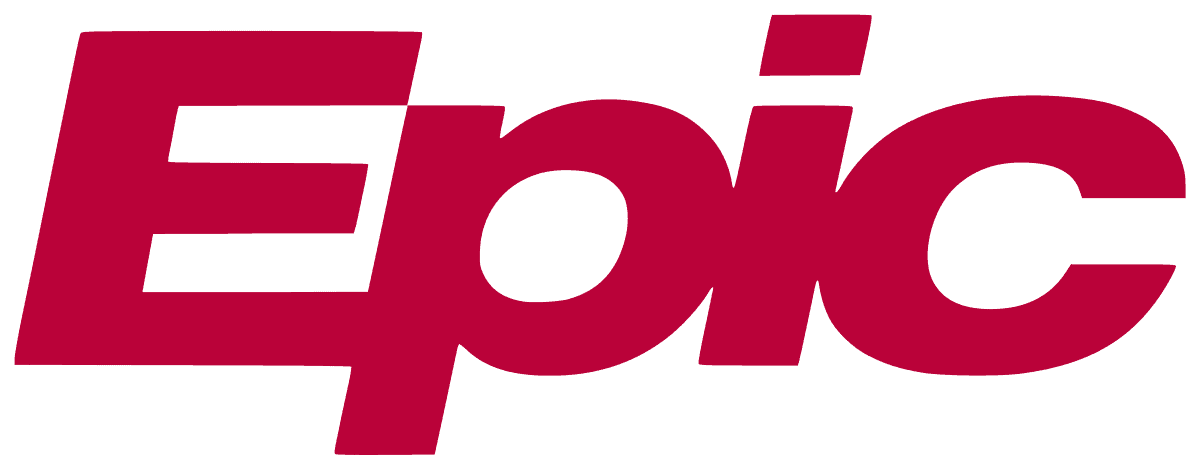
Epic Systems
Epic is the biggest provider of EHR solutions in the United States. With enormous functionality, Epic supports integrated clinical workflows throughout extensive hospital systems.
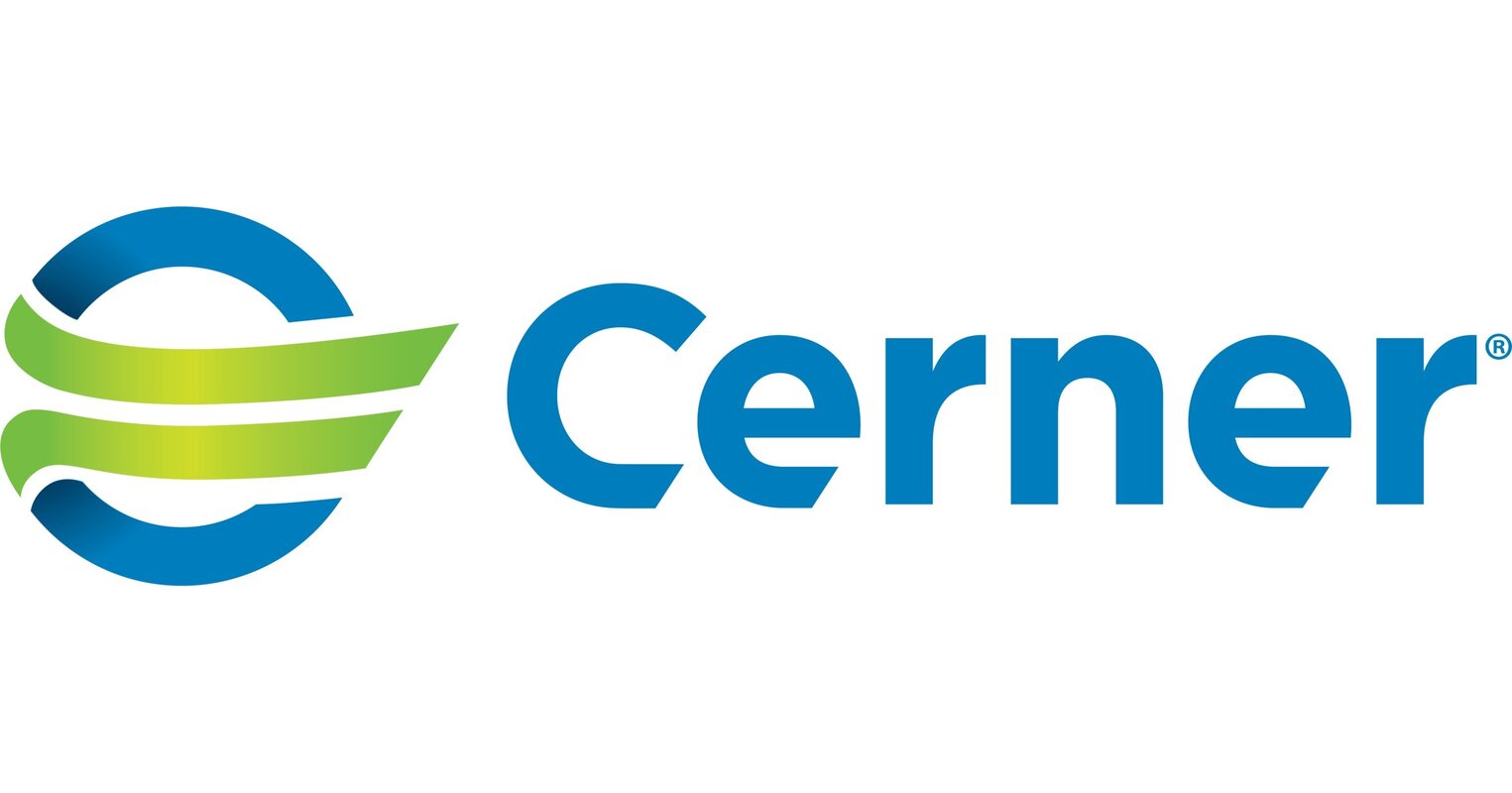
Cerner Corporation
A visionary in the field of EHR, Cerner has over 27,000 clients in healthcare facilities around the globe.
Learn more about Empeek’s custom EMR and EHR development services
Learn morePractice Management Software
Practice Management Software (PMS) actually has deeper roots than many think. It all started back in 1977, when Michael “Mickey” Singer developed the first medical practice management software called Medical Manager. At the time, clinics were drowning in paperwork, and this medical software innovation was a lifesaver for managing day-to-day chaos.
Since then, PMS has come a long way. It handles all the behind-the-scenes work, from appointment scheduling, patient registration, and billing, to insurance claims, and reporting. Basically, it’s the software for healthcare industry operations that keeps a clinic from turning into total disorder.
Today, around 64% of healthcare providers use PMS in some form. Many systems are now cloud-based, letting doctors and staff manage operations from anywhere. When integrated with EHRs systems, they allow smooth data flow between clinical and admin tools. That means less time wasted, fewer mistakes, and faster payments. Some estimates show medical practice systems can reduce billing errors by up to 30% and significantly cut down administrative costs.
Maryland’s Governmental Body shares the Key Feature and Functionality Requirement that PMS should have. Some of them are:
- Appointment scheduling that permits double booking and ability to schedule by provider and procedure room.
- Ability to generate patient reminders and re-calls (HIPAA compliant) electronically, by phone, via text and email.
- Claims management like an ability to generate single and batch paper CMS 1500 / UB 04 / claim forms with automated claims appeals process.
- Patient statements with ability to print an individual / batch / family patient statements.
- The End-user must be able to access customizable reporting and customizable dashboard templates.
Practice Management Software Examples

Tebra (Kareo) (https://www.tebra.com/)
The company is at the forefront as a leading cloud-based practice management software (PMS) system tailored for small to mid-sized healthcare practices
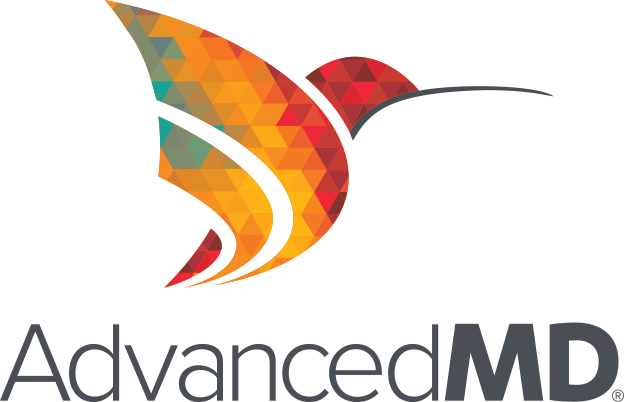
AdvancedMD (https://www.advancedmd.com/)
It is a fully integrated practice management (PMS) system and one of the best AdvancedMD offers to the healthcare providers is its scheduling, billing, and EHR (Electronic Health Record) capabilities.
Your next read: Healthcare Software Development Guide
Medical Billing Software
Medical billing software handles the entire process from claim generation to payment collection. For example, Enter is a revenue cycle management platform that uses AI to help clients increase revenue by 15–25%. It achieves this through fewer claim denials, faster reimbursements, and better detection of underpayments.
The use of billing-focused healthcare software leads to major improvements in efficiency. Healthcare providers report a 40% drop in billing errors. AI-powered tools also remove repetitive manual tasks, which cuts operational costs by up to 30%.
Why does this matter? Manual billing takes a large amount of time. Many healthcare workers feel overwhelmed because of the high number of patients. About 80% of healthcare leaders say staffing shortages pose a serious risk to their operations.
Medical billing software and revenue cycle management platforms provide strong support and are essential forms of healthcare software. They allow healthcare teams to focus on higher-value services, bring in more revenue, and improve client satisfaction.
Healthcare Billing Software Key Features
- Claims submission directly to insurance payers with real time status tracking. Healthcare facilities lose about $5 mln yearly because of the claims denials. It’s 5% of net patient revenue.
- Precise coding and compliance with industry standards such as ICD-10 and CPT code regulations.
- Multiple payment methods, including electronic bill payment, which improves practice’s cash flow.
- Reporting of denial trends and inefficiencies within the billing cycle.
Medical Billing Software Examples

RXNT (https://www.rxnt.com/)
A user-friendly system for outpatient care providers that includes automated insurance eligibility verification, claims processing, patient statements, collections tracking, and integrated SMS reminders

AdvancedMD (https://www.advancedmd.com/)
An all-in-one cloud-hosted solution with claims management, revenue tracking, analytics, and customizable billing workflows, suitable for multi-specialty practices and larger clinics
Telemedicine Platforms
Telemedicine was initially developed to provide care to astronauts in space. What started as space-age technology now helps millions of people around the globe through advanced medical technology and medical software applications used to support virtual consultations and connected care.
In 2024, over 116 million people worldwide used online doctor consultations, and around 80% of consumers have accessed telemedicine at least once in their lives globally. The scale of this technology is impressive.
Why is it on a rise? The demand for care continues to rise, but the number of available clinicians does not keep pace. Long wait times, limited provider availability, and rising patient expectations create pressure and dissatisfaction in patients. Services that should make them healthier – make them even more stressed. Sounds bad, right? Telemedicine software development services solve this issue. It extends a provider’s reach, offers flexible scheduling, and allows teams to deliver care without burnout.
A typical telemedicine platform, a form of healthcare application, would have features that enable video or voice consultations, messaging, data sharing, scheduling and similar. It brings a significant benefit to rural communities where healthcare services are of limited availability. In fact, 94% of patients who used telehealth say they were satisfied with the experience. Many reported shorter wait times and quicker follow-up.
Telemedicine Software Key Features
- Video calls between patients and healthcare providers
- Patients should be able to view their medical information, book consultations, and communicate with healthcare personnel online.
- Telemedicine platforms can be integrated with other EHR systems for better reporting and documentation processes.
- Can show real-time statistics to healthcare providers by linking with wearable gadgets to track patient vitals.
Telemedicine Platforms Examples

Teladoc Health (https://www.teladochealth.com/)
A worldwide leader in digital healthcare services, Teladoc provides telemedicine services for primary care as well as for specialized care. Its features include video consultations, mental healthcare, and round-the-clock (24/7) assistance, which aids remote consulting.
“Our mission is to improve access to healthcare for everyone, wherever they are.” – Jason Gorevic, CEO of Teladoc Health.
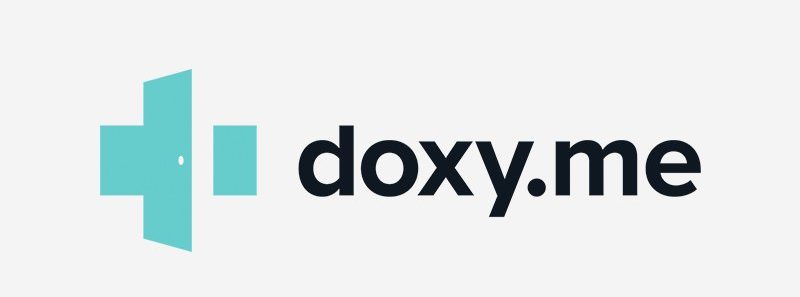
Doxy.me (http://doxy.me)
Offers an uncomplicated, free, and secure telemedicine solution.
“Cost and complexity should never be a barrier to telemedicine.” — Brandon M. Welch, MS, PhD, Founder & CEO of Doxy.me.
Gain full visibility of telemedicine software functionality. Read our research on Key Telemedicine Software Features and Its Transformative Impact
Learn how Revive Telemedicine platform expanded to 8 states, 20 cities, and 30+ clinics with Empeek’s telehealth software development services
Explore the ProjectRemote Patient Monitoring Software and Devices
In 1940s the world saw the first pulse oximeters for measuring oxygen saturation – early examples of medical technology that laid the foundation for today’s medical software systems and remote monitoring tools. Now, about 1.2 billion people, 22.5% of global internet users, own a smartwatch. How did we live without sleep trackers, and step counters?
Long story short, a smartwatch isn’t exactly a RPM device. Any RMP device that is used by the recommendation of clinicians for health monitoring should be FDA-certified. Smartwatches have easier in this matter. However, they share similar features. These tools are supported by medical software and collect vital signs such as heart rate, blood pressure, oxygen levels, and glucose levels, then transmit the data securely to healthcare providers in real time.
For example, patients with chronic conditions such as hypertension or diabetes can send daily updates from home, allowing providers to act quickly when something changes.

According to the Centers for Medicare & Medicaid Services (CMS), RPM reduces hospital readmissions by up to 76% in some patient groups. It also lowers emergency room visits and improves medication adherence. Patients remain stable longer, and providers intervene earlier.
Why does this matter? Chronic conditions account for 90% of U.S. healthcare spending. Traditional care models rely on occasional office visits, but many patients need daily attention. Staffing shortages make constant in-person care impossible. RPM software closes that gap. It keeps providers informed without requiring more hands on deck.
Remote Patient Monitoring Software Key Features
- Automated capturing of the patient’s heart rate, blood pressure, glucose level, oxygen saturation, and weight.
- Notifications sent automatically to clinicians if a certain threshold or parameter is breached.
- Interoperable with FDA-cleared pulse oximeters, blood pressure monitors, and smart scales.
- Provides an opportunity for physicians to evaluate the patient’s data over time to identify trends and patterns.
RPM’s Software Examples

Philips Remote Monitoring (https://www.usa.philips.com/healthcare/patient-monitoring)
Provides complete RPM services with FDA-cleared technologies and AI predictive analytics for hospital-at-home models.
“Remote monitoring solutions and virtual technologies can expand access to care and eliminate unnecessary hospital visits.” said Roy Jakobs, CEO of Philips.

CareSimple (https://caresimple.com/)
Offers a HIPAA-compliant RPM platform focused on Medicare reimbursement, serving community clinics and small practices.
Empeek created a remote patient monitoring system that integrates cellular and Wi-Fi technologies to collect patients’ health information from devices such as blood pressure cuffs, scales, and glucose meters. The system provides alerting features and stores health information securely, notifying physicians when specific measurements surpass defined norms for individual patients. Such an approach offers faster decision-making and reduces the need for emergency care as well as hospital readmissions.
Your next read: Overview of Health Monitoring Devices and Health Wearables Technology
Clinical Decision Support Systems (CDSS)
In the early days of healthcare services, diagnosis depended on intuition, hand-written notes, and a physician’s memory. Today, AI systems sift through thousands of medical records in seconds and can flag the one test result that changes everything. How did we ever keep track of it all? With the sheer volume of data and rising complexity of care, Clinical Decision Support Systems (CDSS) have become the quiet force behind faster, safer, and more accurate clinical decisions.
Why does this matter? Providers manage more patients, more data, and more treatment options than ever before. Without digital support, the risk of missed information grows. CDSS addresses this challenge. It works as a digital second opinion, always available and always updated.
For instance, a study published in JMIR Medical Informatics found that integrating CDSS with British Medical Journal (BMJ) Best Practice improved clinicians’ diagnostic accuracy, increased consistency between admission and discharge diagnoses, and reduced both diagnosis times and hospital stays. CDSS is still in its early days, and the cost is high for such systems especially for smaller practices.
Clinical Decision Support Systems Key Features
- Supports diagnosing conditions based on symptoms and other related tests.
- Suggests appropriate care plans based on the data from the patient and relevant clinical guidelines.
- Alerts care professionals of possible drug mix-ups, allergies to follow care protocols.
- Links with EHR and provides support during the decision-making process.
Examples of CDSS

Oracle Cerner (https://www.oracle.com/health/)
Has more than 1600 installs and a market share of nearly 25%.
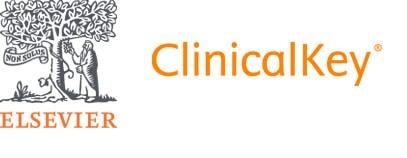
Elsevier ClinicalKey (https://www.elsevier.com/products/clinicalkey)
Provides comprehensive clinical content across various specialties. “ClinicalKey AI is tailor-made for time-pressed physicians who need access to precise answers to a wide range of clinical questions that are backed by the latest and most trusted scientific research.” — Jan Herzhoff, PhD, President, Elsevier Health.
Learn more about Top 10 Healthcare Software Development Companies
Hospital Information Systems (HIS)
In a busy hospital, small delays multiply. Missing test results lead to postponed surgeries, and the lack of integrated hospital software contributes to communication breakdowns. Disconnected systems waste staff time and so on. Hospital Information System (HIS) fixes the whole process by consolidating software in hospitals into a unified platform.
Today, many facilities operate with a centralized digital system that tracks patient admissions, manages lab results, schedules surgeries, and issues prescriptions, all from a single dashboard. Hospital Information System (HIS) changes how hospitals function on every level and is considered a core component of the modern medical computer software systems.
For example, if a patient arrives through the emergency department, triage data, imaging results, and physician notes become immediately visible to the ICU or surgical team. No one waits for information to arrive on paper or by email.
Key Features of Hospital Information Systems
- Responsible for patient registration, admission, discharge, and patient transfer.
- Responsible for medical records, laboratory information systems and radiology information systems.
- Takes care of billing, bookkeeping, and stock control.
- Generates reports for decision-making and compliance purposes.
Examples of Hospital Information Systems
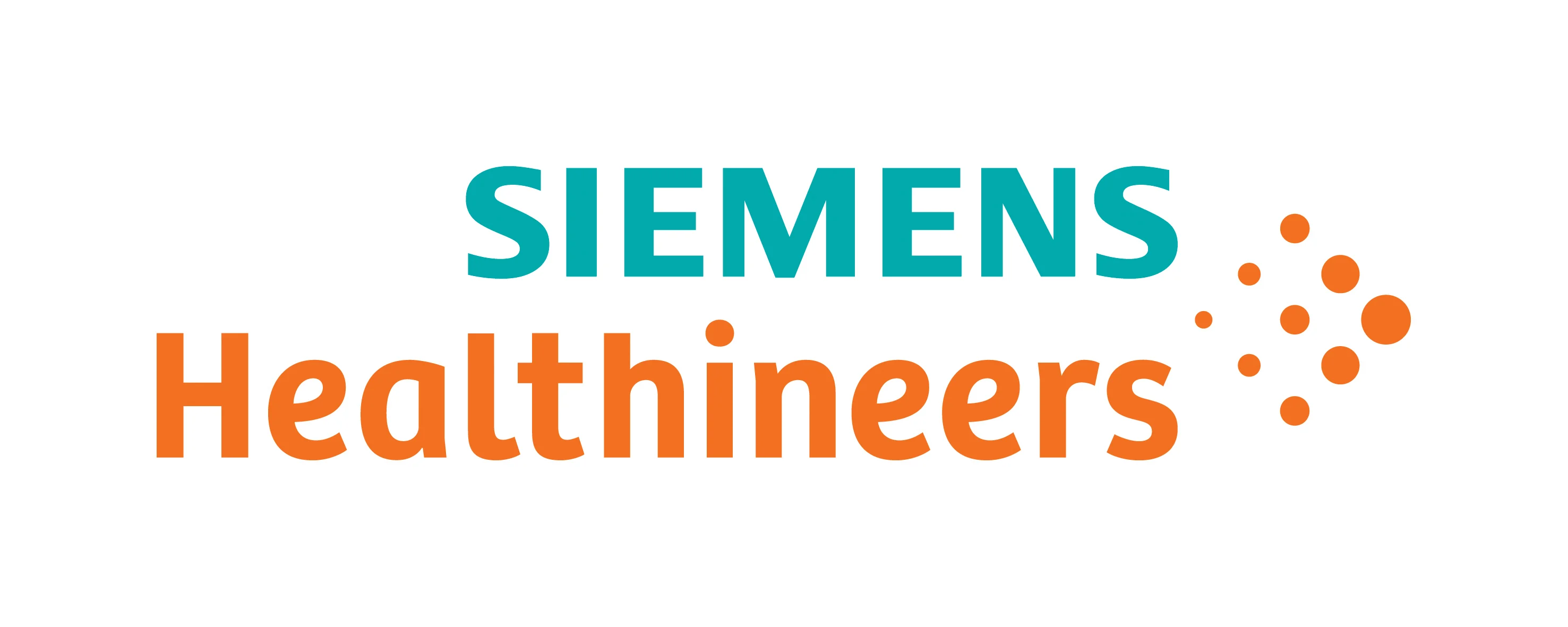

Siemens Healthineers
Delivers integrated HIS platforms with advanced analytics.
McKesson Horizon
Offers modules for various hospital departments which improves data sharing and interoperability between systems and departments.
Laboratory Information Systems (LIS)
In a high-volume lab, one missing label can delay a diagnosis, waste days of work, or compromise patient safety. With thousands of biological samples processed daily, accuracy in tracking is critical. That’s why laboratories now rely on advanced medical technology and specialized software for healthcare industry solutions designed specifically to meet lab needs. Laboratory sample management systems usually monitor, record, and coordinate every step from collection to disposal.
It assigns a unique ID to each sample at the point of collection. The system logs the sample’s source, collection time, required tests, and storage location. Lab technicians scan barcodes instead of filling out forms. This eliminates handwriting issues and prevents mix-ups. For example, Biodesix, a diagnostics company, improved sample traceability across multiple sites by using a centralized digital sample management platform. One global research lab reported a 47% increase in processing speed after modernizing its legacy lab management software.
Key Features of Laboratory Information Systems
- LSMS assigns unique identifiers to each sample, capturing details like origin, collection time, and processing history.
- Automates scheduling, execution, and validation of outcomes.
- Maintenance of laboratory workflows to achieve standards.
- Integrate with hospital information systems (HIS) and electronic health record (EHR) systems for information flow.
Examples Laboratory Management Software
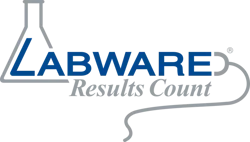
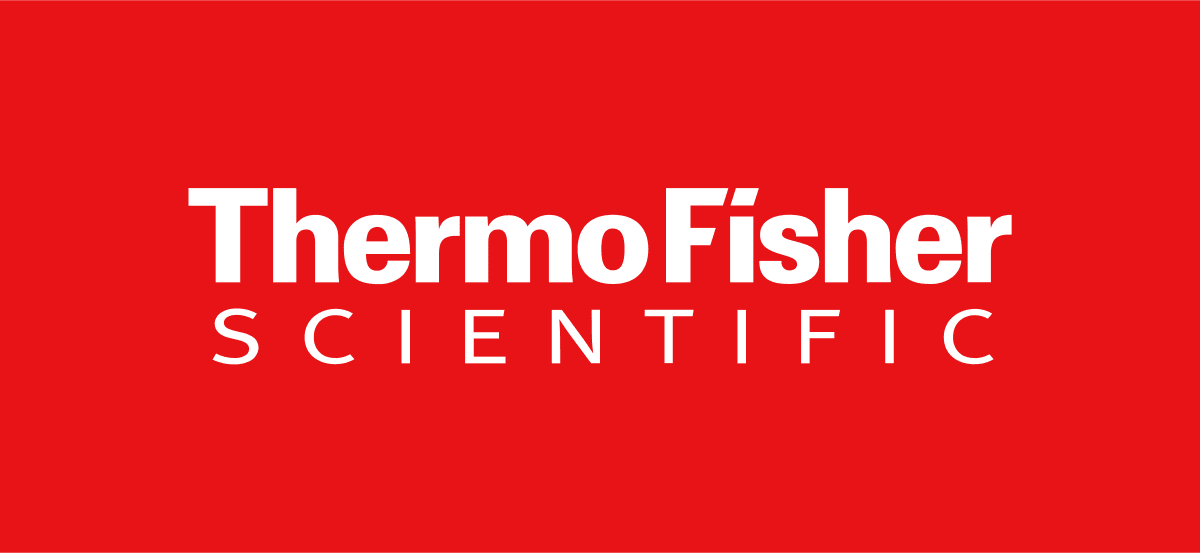
LabWare
For more than 30 years it has built the best laboratory informatics solutions. Launched SaaS LIMS Solutions to provide laboratories with flexibility, scalability, and speed.
Thermo Scientific™ SampleManager LIMS™
The world’s most widely deployed LIMS (Laboratory Information Management System). Thermo Scientific™ SampleManager LIMS™ delivers laboratory management, data management, (SDMS) and process execution/procedural ELN (LES) capabilities in a single solution.
Chronic Disease Management Software
In the early 2000s, managing chronic diseases meant clipboards, monthly check-ins, and patients trying to remember their last blood pressure reading. Fast forward to today, and we have Chronic Disease Management (CDM) software that automatically tracks patient data, flags risks, and alerts providers in real time, no notebooks or guesswork required.
This shift couldn’t have come at a better time. Nearly 60% of adults in the U.S. live with at least one chronic condition, and more than 40% have two or more. Traditional care models that include brief appointments spaced months apart can’t keep up. CDM software changes that. It creates a virtual net between visits, combining electronic health records, wearable integrations, and patient-reported data into a single, accessible system.
Let’s say a patient with COPD (chronic obstructive pulmonary disease) starts logging increased shortness of breath. The software doesn’t wait for the next appointment. It notifies the care team immediately, prompting intervention before the condition escalates. For diabetes, hypertension, heart failure, conditions that thrive in silence, this kind of early action is game-changing.
Why does it matter? Because chronic conditions account for the majority of healthcare costs and complications. And with staffing shortages on the rise, there’s no room for outdated systems. CDM software doesn’t replace providers — it extends them. It helps them do more with less, and helps patients stay stable, informed, and in control of their own health.
Key Features of Chronic Disease Management Software
- Monitor vital signs, medication and adherence to lifestyle recommendations.
- Create customized care plans for patients based on individual’s data and set up measurable goals.
- Connects patients and care teams by voice, video, or messaging.
- Interactive tools that help people take an active role in their health condition management.
CDM Software Examples
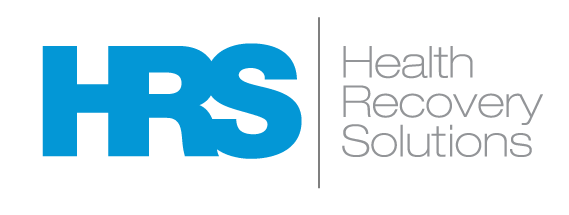
Health Recovery Solutions (https://www.healthrecoverysolutions.com/)
Provides remote patient monitoring for chronic disease management including heart diseases. In 2024 HRS announced having 1 mln users:
“Each number in that 1 million is a life touched, a family supported, and a community strengthened. My grandmother’s battle with cardiac issues was the spark that ignited our mission.” — Jarrett Bauer, Co-Founder and Chairman of HRS. Source
“Each number in that 1 million is a life touched, a family supported, and a community strengthened. My grandmother’s battle with cardiac issues was the spark that ignited our mission.” — Jarrett Bauer, Co-Founder and Chairman of HRS. Source
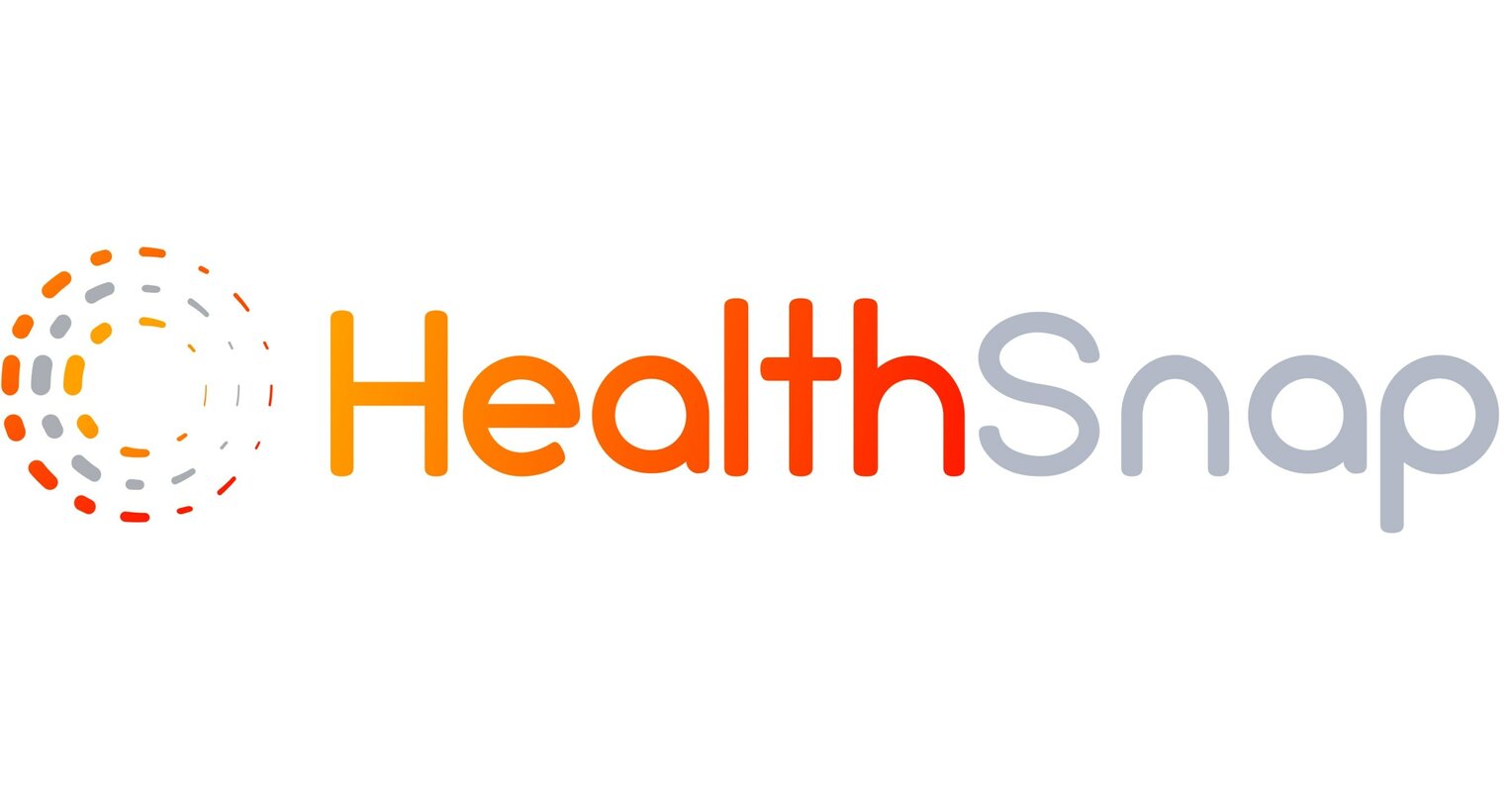
HealthSnap (https://healthsnap.io/)
It improves chronic care management through its advanced platform that supports coordinated care among healthcare providers and features a leading Remote Patient Monitoring (RPM) program. The platform empowers patients to engage in their own care, delivers near real-time data to providers for timely decisions, and contributes to improved health outcomes and lower healthcare costs.
More about healthcare trends that shapes modern healthcare in our article Top 12 Healthcare Technology Development Trends [Full Overview]
e-Prescription and Medication Management Platforms
There were times when paper prescriptions left room for error. It was almost impossible to decipher handwriting, patients and pharmacies faced with missing information that resulted in time-consuming pharmacy callbacks. Today, e-prescription and medication management platforms have transformed that process into a faster, safer, and more reliable system.
Why does this matter? Because medication errors are a huge problem causing nearly 1.5 million preventable adverse events each year. e-Prescription systems reduce handwriting errors, flag dangerous drug interactions, and instantly check for insurance coverage. They also cut down on phone calls between pharmacies and clinics, freeing up time on both sides.
But these platforms do more than send digital scripts. Integrated medication management systems go a step further. They track refill adherence, send reminders to patients, and notify providers if a dose is missed or a prescription isn’t picked up. For people managing multiple chronic conditions, this kind of oversight can mean the difference between stability and hospitalization.
Why now? Because medication is the most common intervention in healthcare and one of the easiest to get wrong. e-Prescription and medication management platforms help get it right, at scale. They turn a manual, error-prone process into a streamlined, data-driven experience for patients, providers, and pharmacies alike.
Key Features of e-Prescription and Medication Management Software
- Allows providers to send prescriptions directly to the pharmacies.
- Ensures medication lists are both correct and up-to-date.
- Has alert systems that notify providers of possible adverse drug interactions.
- Simplifies prescription renewals and adherence for patients.
Medication Management Vendors
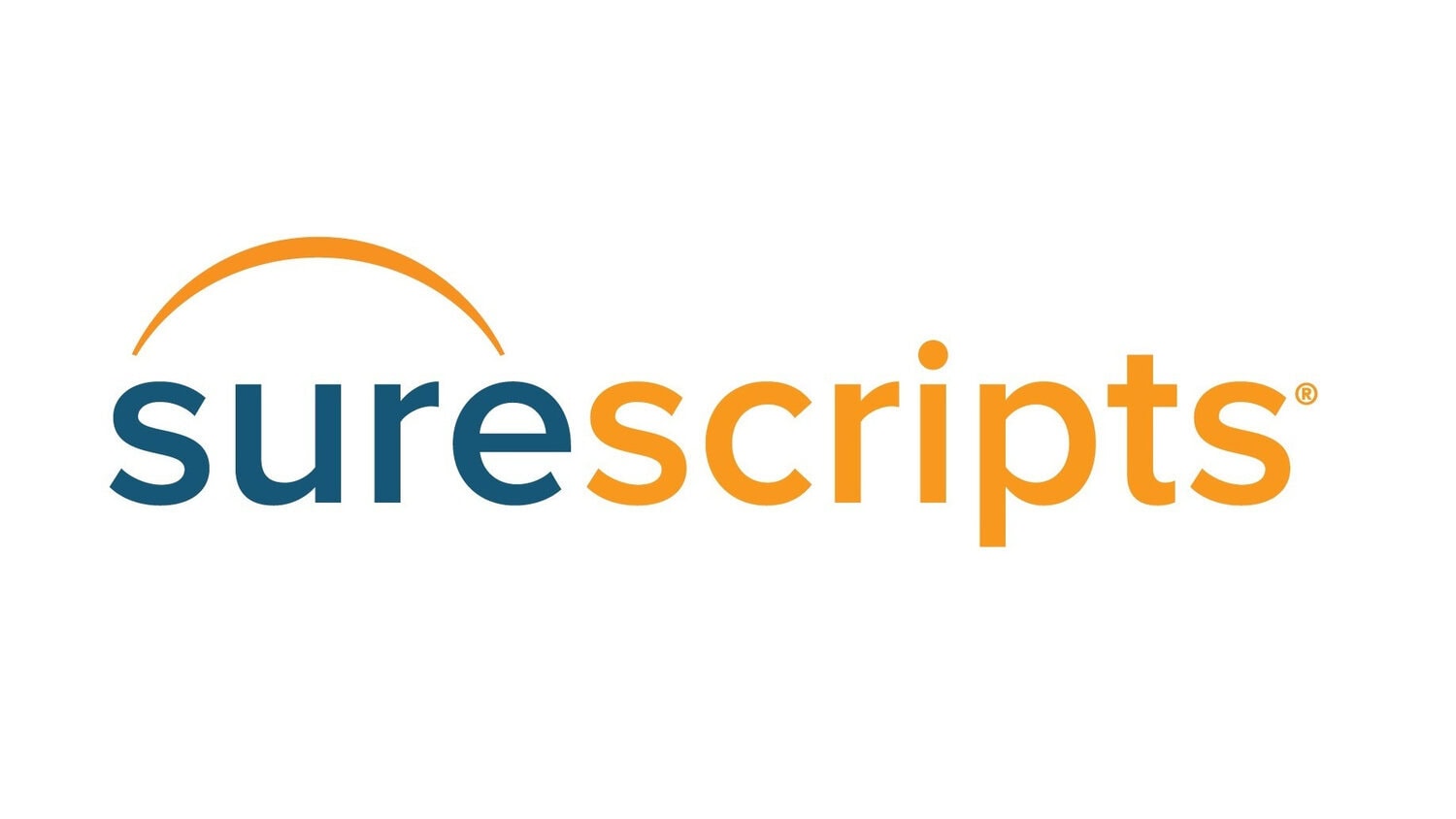
Surescripts
Runs a national network for e-prescribing that links EHRs, pharmacies, and healthcare providers.

DrFirst
Provides e-prescribing services with medication history and clinical decision support capabilities.

MDToolbox
5-time award winning e-Prescribing software. MDToolbox designs e-prescription software that can be tailored to practices of all sizes.
Empeek: Custom Healthcare Software Development and Integration Services
At Empeek we understand the unique needs of the healthcare industry and we create custom software solutions to address them. One of our core focuses is engineering healthcare software systems that comply with medical technology and data security requirements, healthcare workflows, patient-centric design, and specific regulations such as HIPAA. Our tailored technologies focused integration and collaboration, improving real-time situational decision-making.
Custom Healthcare Software Development
- Custom EMR System and EHR Development Service: Empeek designs customized EHR solutions which track patient visits, automate prescription processes, and manage laboratory billing — enhancing operational productivity.
- Healthcare Software Testing Services: Empeek employs integration and regression testing methodologies to provide comprehensive verification services to ensure the proper functioning of healthcare software.
Conclusion
Healthcare software is at the core of modern medicine, more personal, more efficient and data driven care. As we’ve explored, EHRs, PMS and telemedicine are not standalone tools; they are a dynamic interconnected system that helps healthcare providers meet the growing demands of patient care and operational efficiency.
The adoption of these systems is driven by the need to improve care quality, streamline workflows and support growth in a rapidly changing industry. For healthcare providers the decision to invest in the right software – whether off the shelf or custom built – will determine their ability to deliver better care, patient safety and long term sustainability.
As the healthcare industry continues to digitalise, choosing robust, adaptable and user centric software is critical to stay competitive and meet the future needs of patients and providers.

![Top 12 Healthcare Technology Development Trends [Full Overview]](https://empeek.com/wp-content/uploads/2025/05/genomics-e1747305297704.webp)

